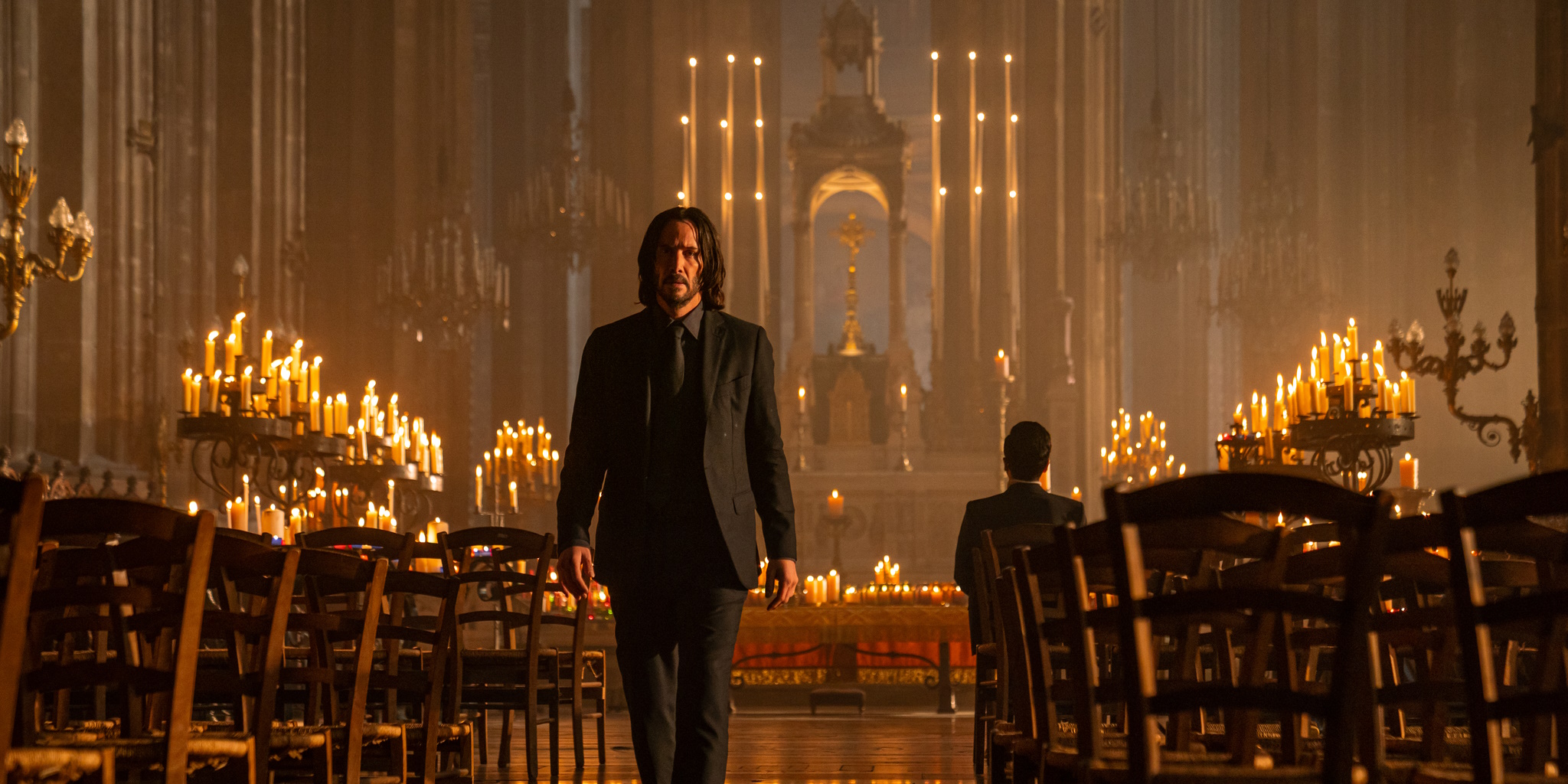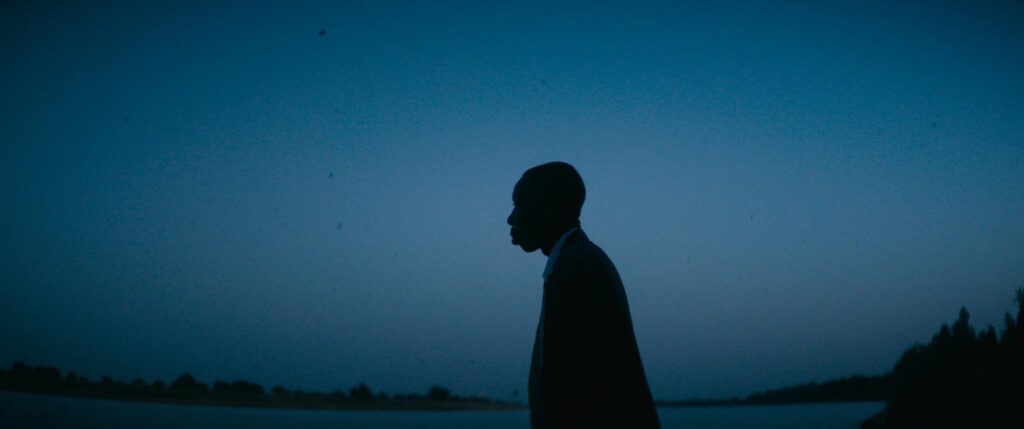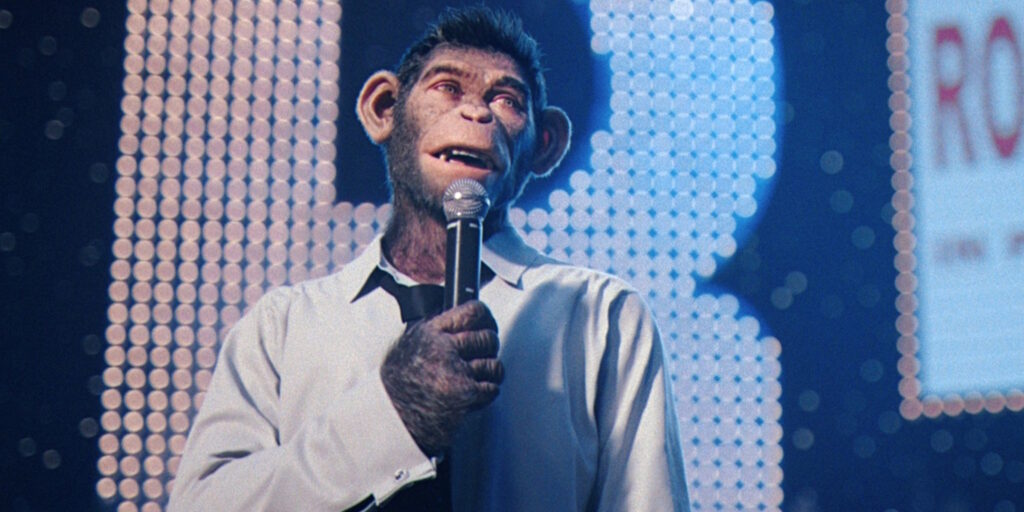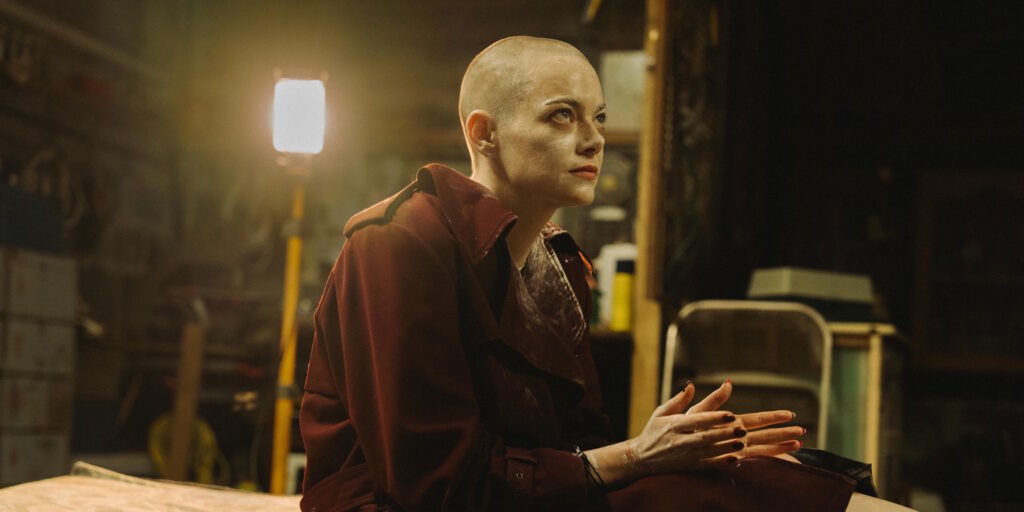The world of the John Wick films is one of rules. As the series’ characters are fond of reminding one another, it is adherence to ancient, esoteric laws that distinguishes the coldhearted business of criminal violence from the mere savagery of animals. The power of the High Table – the franchise’s mysterious, pan-national oligarchy of untouchable crime lords – depends on this conceit. The Table’s baroque system of gold coins and blood debts would collapse into chaos if enough killers-for-hire stopped respecting (or, at least, pretending to respect) that system.
This neatly parallels the compact that viewers make with series director Chad Stahleski and star Keanu Reeves. One agrees to accept the increasingly ludicrous comic-book logic of these films in exchange for an all-you-can-eat smorgasbord of cinematic violence par excellence. There is no partial acquiesce to this franchise’s heightened Action Movie reality; it’s an all or nothing proposition. At this point, the audience for a new John Wick feature is practically self-selecting. The third feature, 2019’s John Wick: Chapter 3 – Parabellum, concluded with world-weary super assassin John “Baba Yaga” Wick surviving a fall off the roof of a 15-story building. If such an improbability can derail your suspension of disbelief, you probably wouldn’t have made it this far into the series in the first place.
In keeping with franchise tradition, John Wick: Chapter 4 begins almost exactly where the preceding feature left off. Patched up and resupplied by one of his few remaining friends, the street-smart underground crime boss the Bowery King (Laurence Fishburne), Wick heads back into the deserts of North Africa to confront the itinerant Elder (George Georgiou) who sits above the High Table. Elsewhere, however, the Table is making its moves, giving free rein to French mastermind Marquis Vincent de Gramont (Bill Skarsgård) to eliminate Wick by any means necessary. The preening, pompous Marquis starts by cutting Continental Hotel manager and longtime Wick ally Winston Scott (Ian McShane) off at the proverbial knees. He then recruits the legendary blind assassin Caine (Donnie Yen) to take a contract on Wick, coercing the man out of retirement by threatening his daughter. Also on the board is Mr. Nobody (Shamier Anderson), a dog-loving manhunter who is shadowing Wick until the escalating bounty reaches a threshold that makes the kill worth his time.
Things start to truly kick off once Caine and the Marquis’ goons converge on the Continental Hotel branch in Osaka, Japan, where Wick is seeking aid from an old friend, hotel manager Shimazu (Hiroyuki Sanada) and his daughter Akira (Rina Sawayama). The action then moves to Berlin and eventually to Paris, accelerating into a jaw-dropping nocturnal marathon of martial arts, gunplay, and automotive destruction in the City of Lights. Highlights include a sprawling battle in the roaring traffic around the Arc de Triomphe, a god’s eye oner of Wick rampaging through a deserted building with an incendiary shotgun, and an epic brawl that lurches up and down the 222-step staircase of the Rue Foyatier like a football match. Wick endures so many agonizing tumbles down these stone flights that it starts to border on sadistic slapstick.
Stahleski, Reeves, and their collaborators are old hands at the John Wick formula at this point, and Chapter 4 delivers its ultra-violence with all the pristine visual coherence and intoxicating relentlessness that series devotees have rightly come to expect. This might sound like damning with faint praise, but there is no other American action franchise that can boast John Wick’s peerless consistency when it comes to both the quantity and quality of its spectacle. (Even Mission: Impossible had to struggle through a couple of wobblier entries before finding its virtuosic footing.) Although Chapter 4 never attains the kaleidoscopic heights of Chapter 2’s (2017) giallo-tinged aesthetics, it gets closer than Chapter 3, while continuing to exhibit a seemingly limitless inventiveness with respect to settings, weapons, and choreography. Anyone wondering how a blind assassin could hold his own against a small army of yakuza should watch for a scene where Caine makes cunning use of a handful of dollar-store motion sensors. (Also: Go watch some Zatoichi films!)
Stahleski is more of an enthusiastic stylist than a daring innovator, and he isn’t above cheekily cribbing from other filmmakers for a particular shot or scene. However, there are certainly worse choices for inspiration than David Lean, Walter Hill, John Frankenheimer, and Spike Lee – to name just a few of the directors whose work is evoked in Chapter 4. As in previous outings, Stahleski has a knack for employing stunning locations for one-off scenes, and the series’ expanding budget now allows for some delicious “just because” extravagance. Why have your characters converse in a dank, anonymous warehouse when they can exchange pithy barbs in the Louvre, directly in front of Delacroix’s “Liberty Leading the People”? Although there are a couple of eye-popping modernist backdrops in Chapter 4 – such as Tokyo’s National Art Center and Berlin’s Kraftwerk exhibition space – the feature generally leans into a sense of old-money opulence in its locations. This echoes both the Marquis’ aura of aristocratic invulnerability and the film’s plot, which hinges on Wick’s cynical leveraging of the High Table’s ancient traditions.
If there is a criticism to be levied at the fourth entry in this indefatigable franchise, it lies in John Wick himself. Reeves is now 58, and he undeniably looks a little creaky when executing the film’s martial-arts brawls, much as he did in The Matrix Resurrections (2021). Perhaps the actor’s weariness would not be as apparent if his co-star for this entry were anyone other than Yen, who at 59 is still pulling off stunning fight moves with jaw-dropping swiftness and elegance. That said, Reeves can still perform a point-blank pistol headshot and speed-reload with the best of them. If anything, his advancing age invites the viewer to wince that much harder every time Wick takes a right hook to the jaw or careens off a shattered car windshield. There’s a poignant “too-old-for-this-shit” fatigue evident in Reeves’ performance that pleasantly recalls a late-model Harrison Ford and, whether intentional or not, complements Chapter 4’s exhausted, sorrowful tone.
The screenplay by returning Chapter 3 writer Shay Hatten and Predators (2010) scribe Michael Finch recognizes that Wick has essentially been living on borrowed time since the conclusion of the second film. Whether or not Chapter 4 ends up being the last mainline, Reeves-starring entry in the series, there is a definite air of finality to the film. (Spin-offs and a television series are already in the works.) Wick has endured a staggering amount of physical punishment over the course of four features, and it’s not clear how much longer his action-flick protagonist armor will hold up. Yet his dog-tired irritation seems like it’s less about his fractured ribs and more about the ridiculousness of the High Table and its vainglorious secret-society bullshit. Wick is fed up with their cruel manipulations, their craven hypocrisy, and their endless pomp and circumstance. If history is any indication, one man has little chance of single-handedly toppling a centuries-old hierarchy of money and power. However, if he can stab, shoot, and strangle his way to the Table, maybe John Wick can finally win some peace.
John Wick: Chapter 4 opens in theaters everywhere on Friday, Mar. 24.




